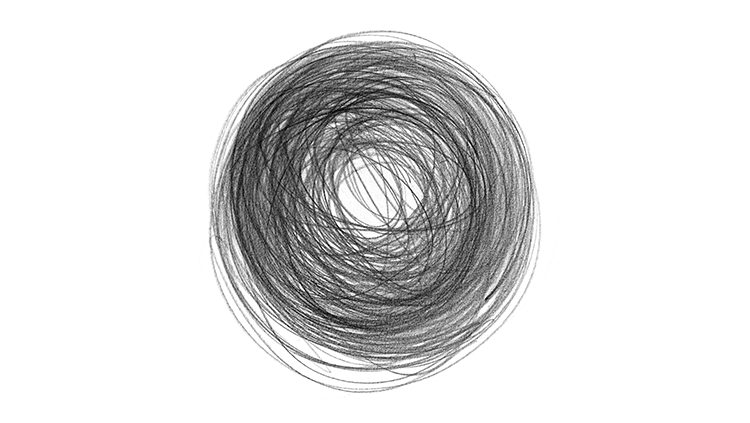ICYMI: FDA Approves First Blood Test to Diagnose Alzheimer’s
- Published12 Jun 2025
- Author Bella Isaacs-Thomas
- Source BrainFacts/SfN
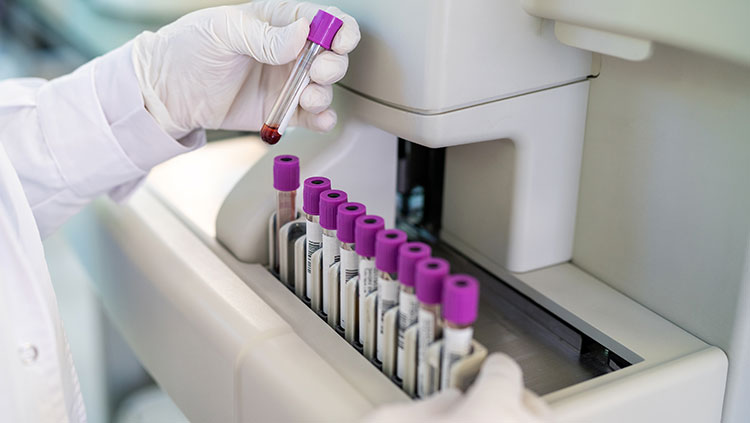
The Food and Drug Administration has approved a first-of-its-kind blood test to help diagnose Alzheimer’s disease. The test measures indicators of toxic plaque and tangle buildups in the brain associated with the disease, evaluating blood plasma for two proteins — pTau217 and β-amyloid 1-42. It was approved for use in people aged 55 or older who are experiencing memory loss or other potential indicators of Alzheimer’s.
This test isn’t intended to act as a stand-alone diagnostic tool. Instead, it’s meant to be used alongside other medical evaluations. But the current standard approaches to diagnosing Alzheimer's have practical limitations. PET scans, for example, are a highly effective tool, but they’re expensive and in some cases difficult for patients to access. A separate test analyzes cerebrospinal fluid (CSF) samples, but those must be collected through an invasive spinal tap. Experts hope this blood test, which is comparatively much cheaper and less invasive, and others which could possibly hit the market in coming years, will broaden patient access to more accurate testing.
Big Picture: In the United States, an estimated 1 in 9 people over the age of 65 have Alzheimer’s, and the number of dementia cases nationally is expected to double by 2050 as the population continues to age, according to the Alzheimer’s Association. Blood tests like this one are important advancements in the effort to diagnose Alzheimer’s as early as possible. By the time many patients begin experiencing noticeable symptoms, plaques have already begun accumulating in their brains. The earlier patients can get access to one of the two medications available to reduce amyloid buildup, the more effective those treatments can be at slowing disease progression.
Read More: FDA greenlights first blood test to help diagnose Alzheimer’s disease in the US. CNN
More Top Stories
- Professionals in high-pressure fields could one day keep track of their mental workload by wearing this wireless “e-tattoo” designed to monitor brain activity and eye movement. The Guardian
- “Eureka” moments trigger more activity and connectivity across multiple brain regions, making those realizations more memorable. Popular Science
- Researchers mapped brain activity in mice and humans following a mildly irritating puff of air to the eye to see how the experience changes brain activity associated with emotional processing. NPR
- Being in tune with your body may influence how you respond to moral dilemmas. Live Science
- More findings suggest astrocytes, a cell type commonly thought to only play a supporting role in the brain, directly respond to chemical messaging and influence neurons around them. Science News
- A research team identified 17 intersecting risk factors for late-in-life depression, dementia, and stroke which people can modify to reduce their chances of developing those conditions. BBC Science Focus
- An experimental genetic therapy delivered in the womb to mouse fetuses with spinal muscular atrophy improved their post-birth motor function, an approach which could one day treat the disorder in humans. STAT News
- Inserting a piece of human genetic code into mice made their brains grow 6.5 times larger than usual. Nature
- A new research technique increases brain tissue samples to 16 times their normal size while maintaining typical proportions, allowing them to be mapped in unprecedented detail. Science
CONTENT PROVIDED BY
BrainFacts/SfN
References
What to Read Next
Also In Neuroscience in the News
Trending
Popular articles on BrainFacts.org


.jpg)
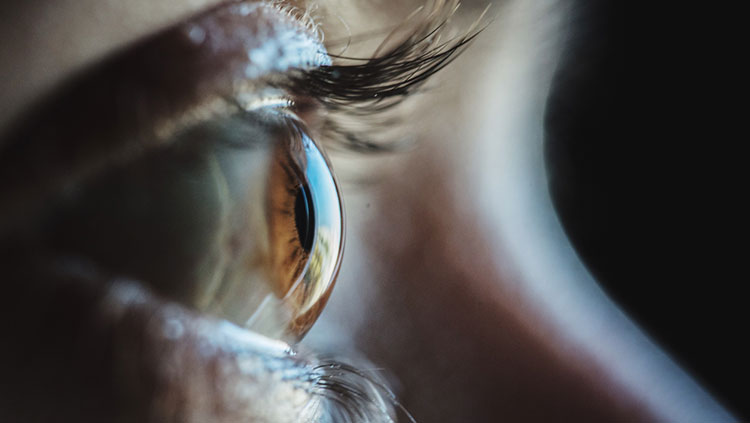
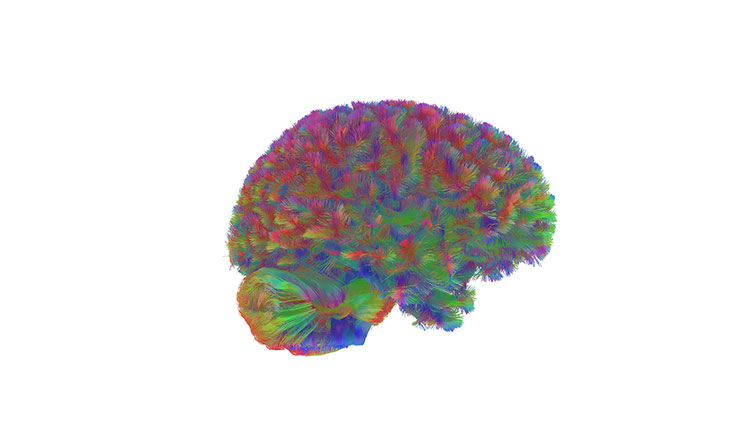


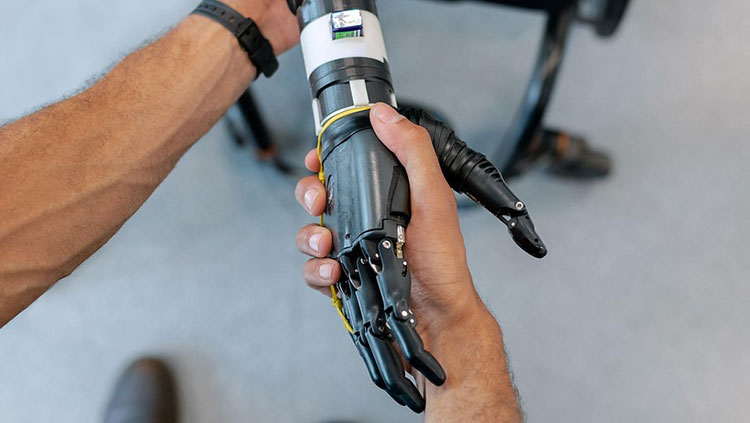

.jpg)




